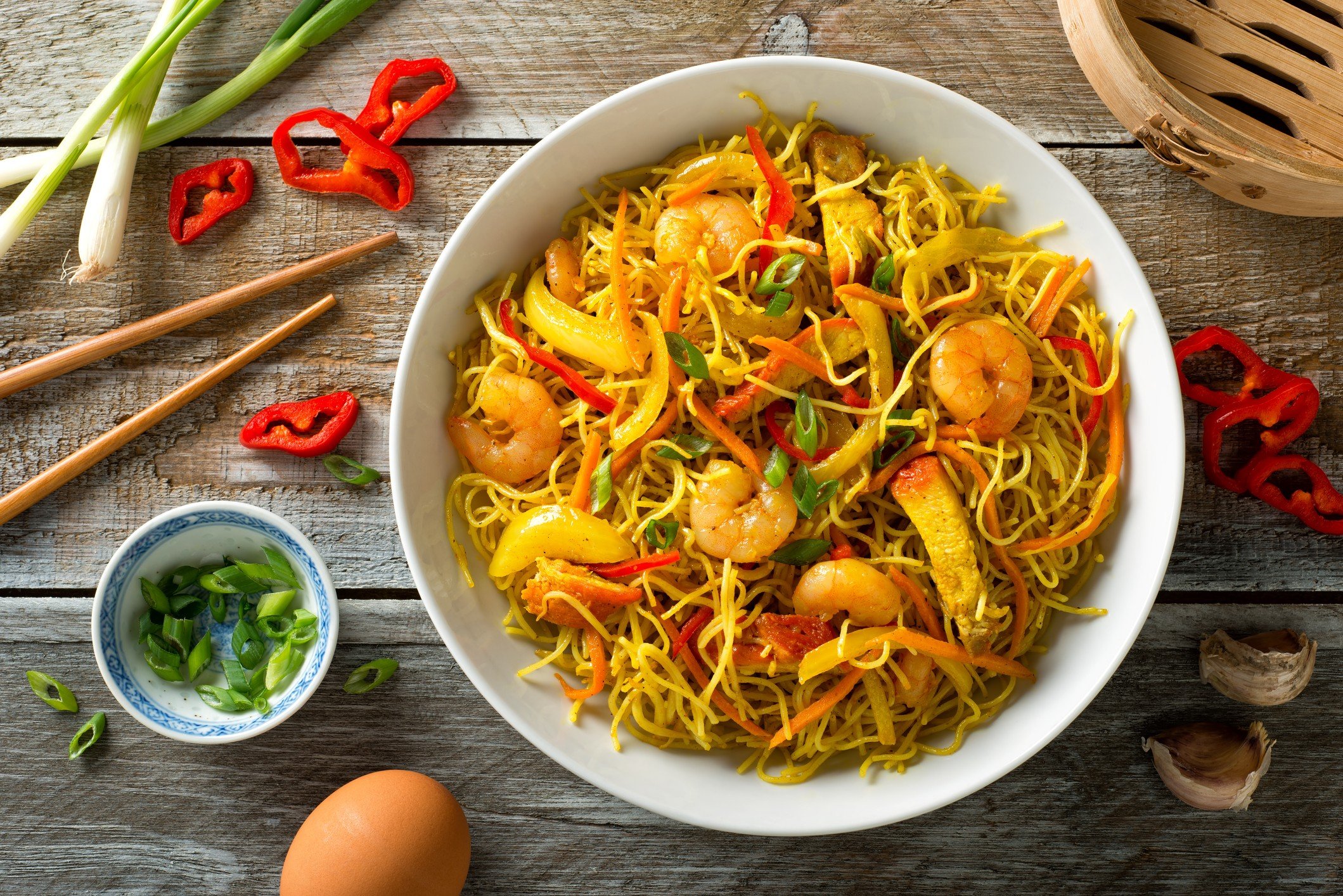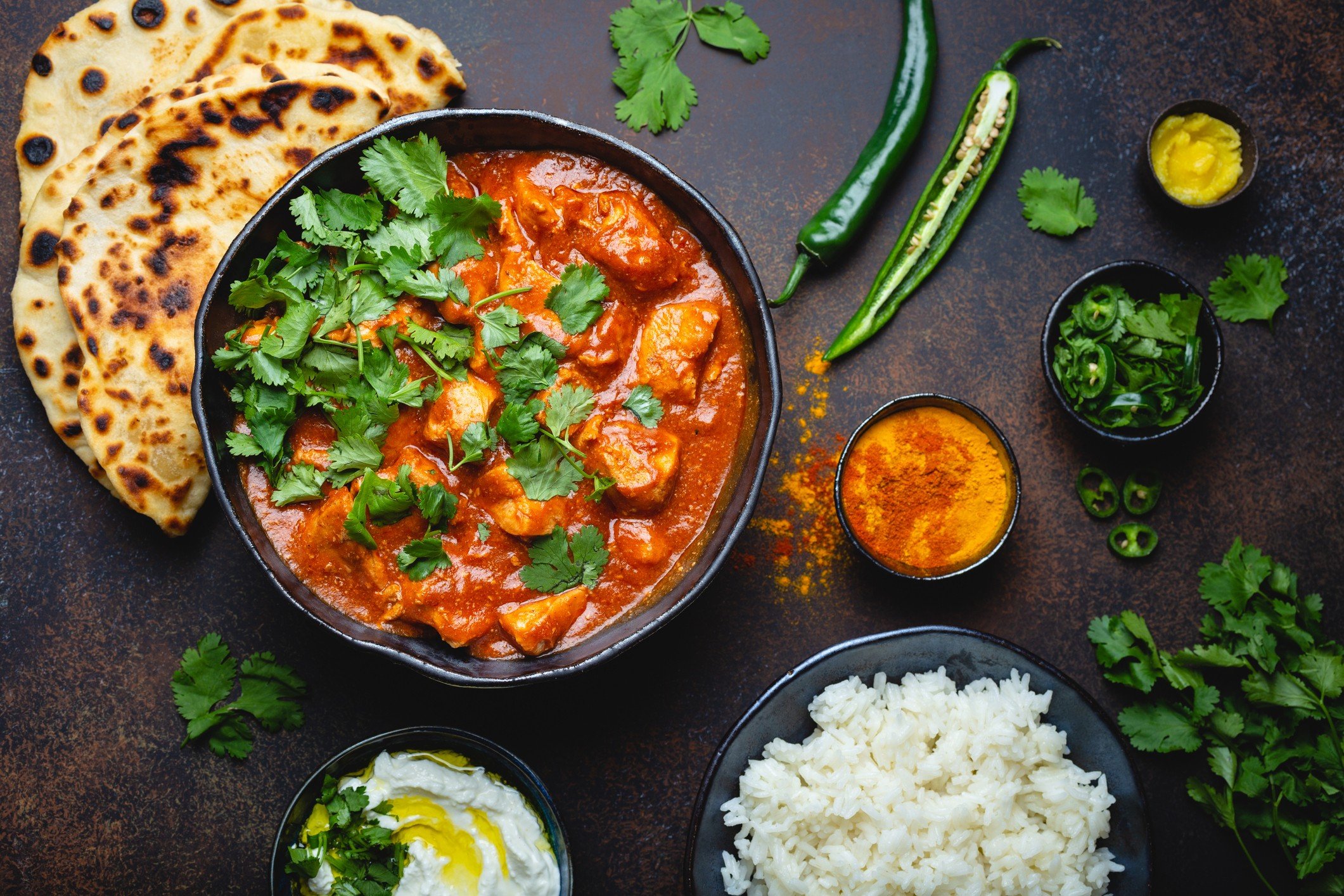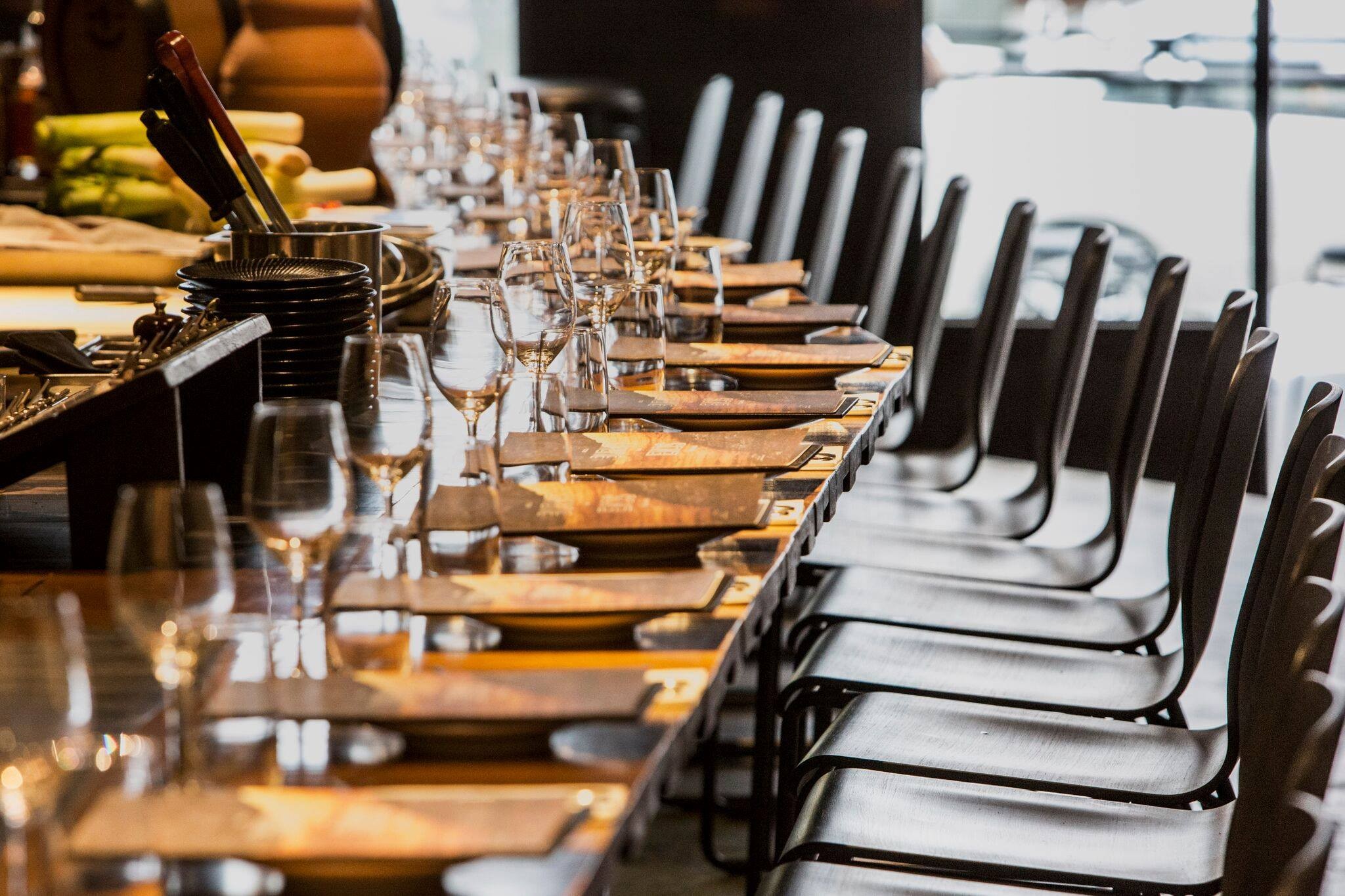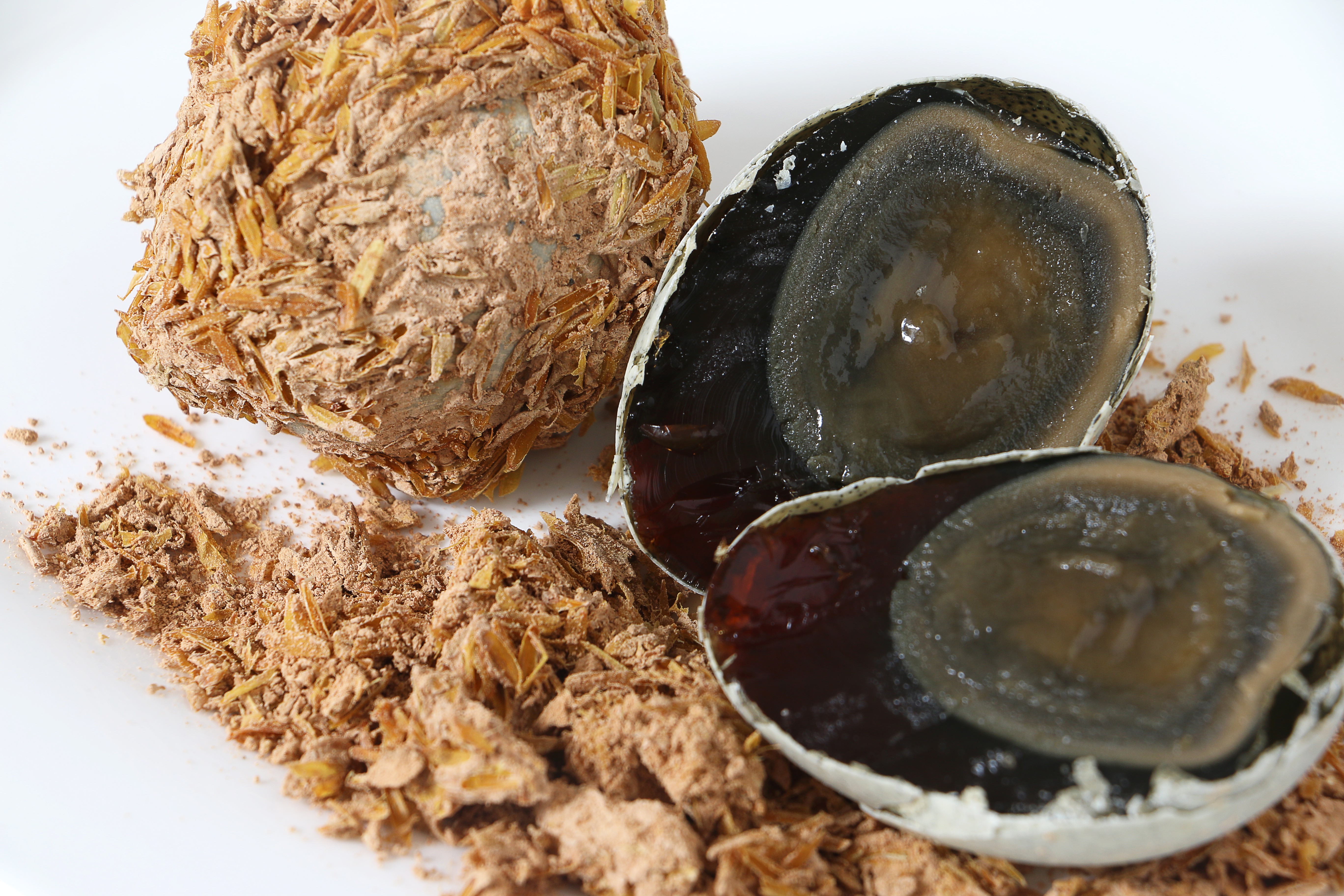From goat testicles to chicken, why satay comes in so many forms across Southeast Asia

As Disney’s Mickey Mouse makes an unlikely turn as a satay-serving street hawker, we explore the origins of the marinated meat found skewered on street corners across Southeast Asia
A street food staple found grilling on neighbourhood corners across the region, satay is well established as a comforting cornerstone of Southeast Asian cuisine.
Satay is eaten with French fries in The Netherlands
The marinated meat cooked on a skewer known as satay – or sate in its Indonesian spelling – has proved so popular that even The Walt Disney Company has taken a bite.
As part of a campaign to gain more regional popularity for its most beloved characters, last month the Disney Channel Southeast Asia launched the six-part animated series Mickey Go Local. The first of these, “Master Hawker”, debuted on July 19 featuring Mickey Mouse as a hawker selling – you guessed it – satay.
While carnivores in Malaysia and Thailand may want to claim that satay originated in their home countries, this is generally agreed not to be the case.
In her award-winning cookbook, Encyclopaedia of Chinese &Oriental Cookery, author Jennifer Brennan wrote: “Although both Thailand and Malaysia claim [satay] as their own, its Southeast Asian origin was in Java, Indonesia. Their satay was developed from the Indian kebab brought by Muslim traders. Even India cannot claim its origin, for there it was a legacy of Middle Eastern influence.’’
Satay’s Javanese origins are also mentioned in the book Street Food Around the World: An Encyclopaedia of Food and Culture, edited by Bruce Kraig and Colleen Taylor Sen.
Uyung Al Wazir, executive chef at the Amanjiwo resort in central Java, agrees. “The introduction of sate in Java coincided with the influx of Indian and Arab traders and immigrants in the 18th century,” said the Indonesian-born chef. “From Java, it spread through the Malay Archipelago, with the consequence that numerous variations of the dish have been developed.”
Indonesia has the most variations, numbering more than 40, with the protein source ranging from tempe to goat testicles, although satay sticks are most commonly found skewering chicken and beef.
Indonesia’s different island territories lay claim to home-grown regional specialities. For example, Java itself gave birth to sate madura, the classic marinated chicken dish many first picture when thinking of Indonesian satay. Madura is often served with chilli, shallot and rice cake or rice.
“Madura is the most famous satay, and the one we serve at Amanjiwo,” says Al Wazir. “Its sweet taste, a result of the marinade, works well with the savoury peanut sauce, which makes this variety well-liked.”









